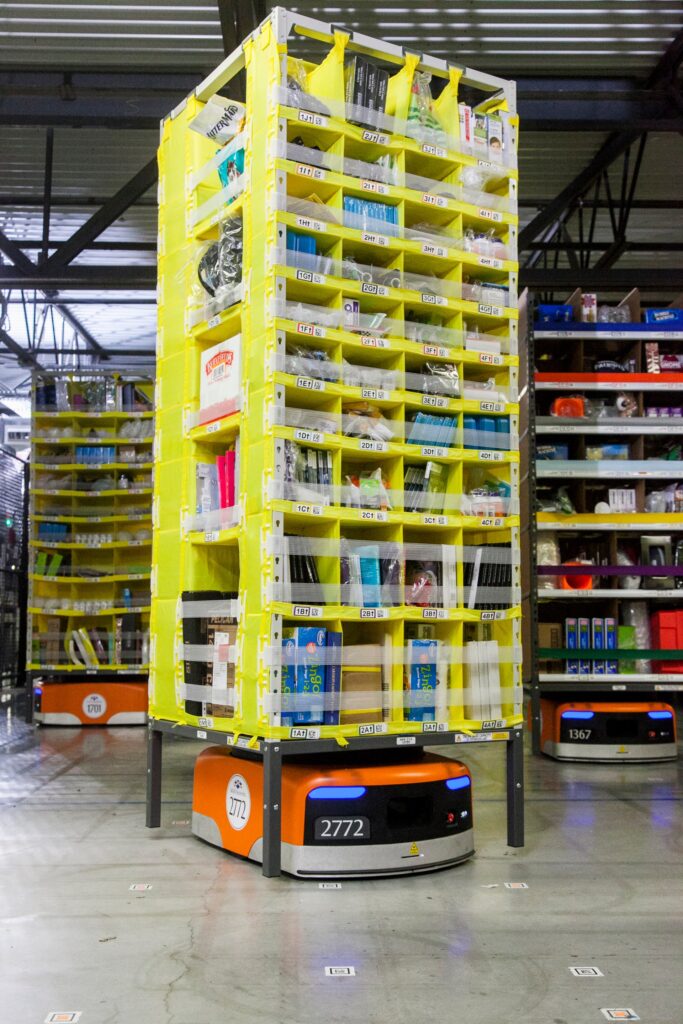The answer, if you ask robotics proponents, may be as soon as three to four years.
According to a New York Times report last week, these “lights out” warehouses, which need none of the air conditioning or break rooms for humans, are already advancing quickly today, led by the likes of Amazon.
In many ways, the need for speed in the logistics and e-commerce industry is driving this.
With demand for same-day delivery as competition ramps up, plus the labour crunch today, large players in the industry are looking to automated guided vehicles (AGVs) and autonomous mobile robots (AMRs) to literally do the heavy lifting in warehouses.
These robots, connected to high-speed Wi-Fi and 5G networks, are packed with sensors to not just do a single job like in a conveyor belt but intelligently navigate the warehouse to fulfill tasks like sorting and picking up items that customers order online.
Instead of requiring humans to do all that menial, repetitive work, many of these machines can carry them out more quickly and without putting people at risk. Plus, they don’t need a tea break.

Unsurprisingly, robot sales have shot up in North America in 2021, up 28 per cent from 2020, according to an industry association. And you bet more are on the way to a logistics warehouse near you.
In Asia’s ultra-competitive e-commerce scene, Chinese and South Korean firms, for example, are fighting to get ahead by speeding up the delivery of the goods to customers, rather than differentiating on price alone.
For example, in South Korea, retail giant Shinsegae is using automated “pick and pack” logistics centres to boost its same-day or one-day delivery service to consumers.
Automated sorters now help its centres to manage as many as 3,000 deliveries a day, a giant step up from 450 now, as it battles with rival e-commerce players such as Coupang.
Ultimately, the goal is to reduce the manual effort by humans, which not only is slower but also more error-prone than what the machines can offer.
In other words, moving towards a warehouse where only robots roam about, much like many manufacturing plants, say, for cars, where only robots are around to put together the cars.
Of course, unlike mere robotic arms in an assembly line, warehouse robots need a lot more flexibility and thus smarter artificial intelligence (AI) to be built in.
But advances in computer vision, for example, are making many of these breakthroughs possible today. Robots are able to do more than just a single job.
That means the estimate of a “lights out” warehouse in the next few years isn’t far out.
Just like fully automated car factories and data centres today that are staffed with almost no humans, the logistics warehouse of the future that gets your grocery orders to you on the same day may not involve a human directly picking and packing your items.
When drones and other automated delivery machines take off, perhaps further in future, your order of Ben & Jerry’s ice cream or Tiger beer may be fully managed by machines. Yes, untouched by human hands from warehouse to your doorstep.















